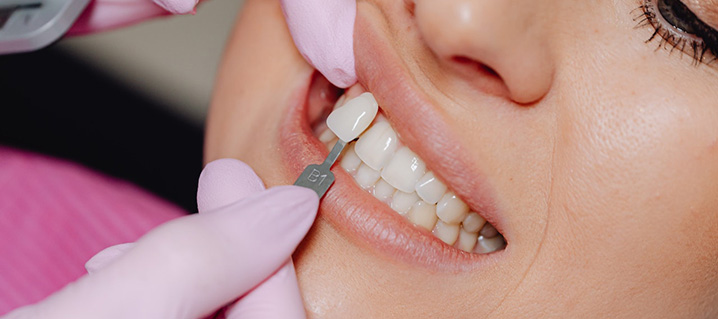Restorative Dentistry: An Introduction
08 Oct 2021
5 min read
By Dr. Robert Chaffe
White & Co.
RESTORATIVE DENTISTRY
Restorative dentistry means rebuilding teeth when they break.
Restorative dental treatments
This includes procedures such as fillings, crowns, bridges and implants.
Nowadays, I focus heavily on digital dentistry.
Digital dentistry is more accurate, it’s more comfortable for the patient and they can be more involved in their treatment.
So, for example, when a patient breaks a tooth, they may need a crown procedure – which is like a cap on a tooth.
Because it’s so broken down, we have to prepare the tooth by creating some space.
This is so we can basically put “a cycle helmet” on it to prevent the tooth from breaking further in the future.
DIGITAL RESTORATIVE DENTISTRY
In these cases, we prepare the tooth and use a computer to scan it – and then the dental laboratory can build it up on a computer and print all the models.
It’s a very accurate way of working.
It's quicker, more comfortable and more accurate – so the longevity is better.
It’s a nice way of working.
During treatment, we use a “rubber dam” – a fine sheet that sits over the tooth, isolating the site from the other parts of the mouth.
What sets White & Co apart from most other UK dentists is forward-thinking, digital dentistry.
When we’re performing basic fillings treatment, we don't really need to go down the digital road most of the time. There’s a broken tooth, it needs filling and we fix it up.
Root canal treatment
Other restorative treatments include root canals.
Patients will often be suffering with toothache.
We would just very gently remove the inflamed nerve that’s in there, disinfect it and replace that with a little rubber filling.
The difficult thing about root canals is they are very fiddly and take a long time, which can be a challenge for the poor patient sitting in the chair.
Generally speaking, these procedures are very successful these days.
However, there are times when they can prove quite challenging and we will need to refer the patient to a specialist.


